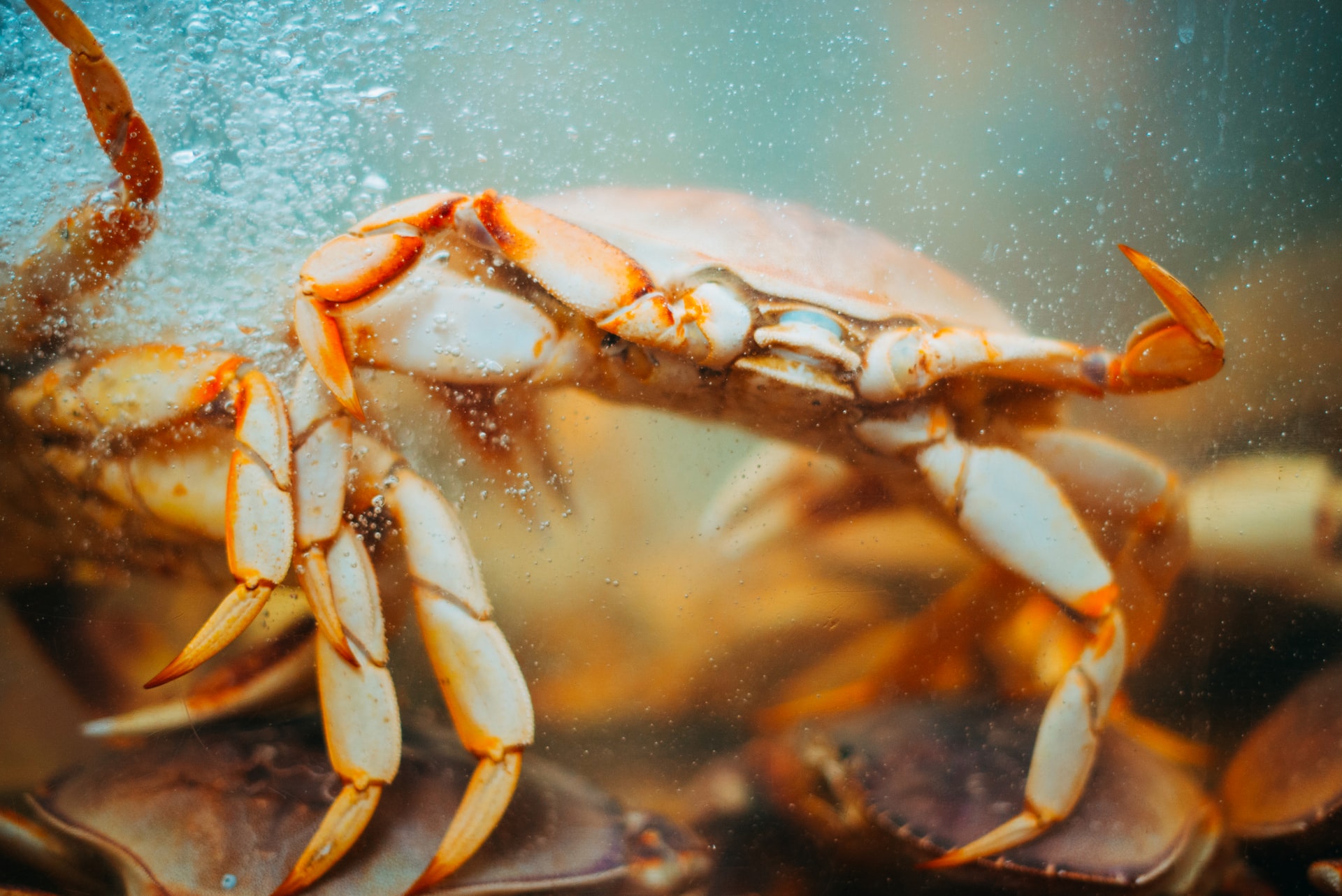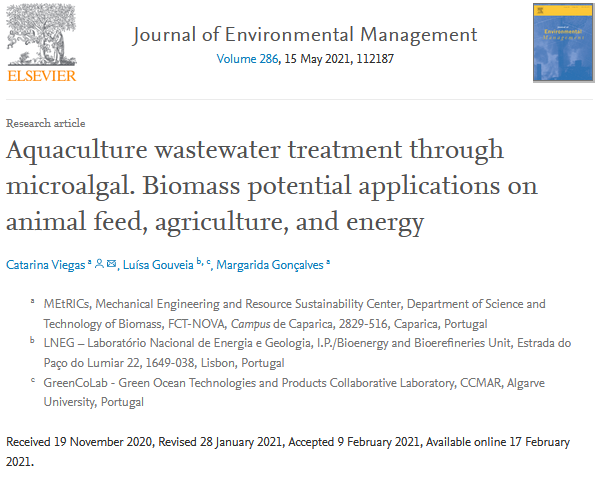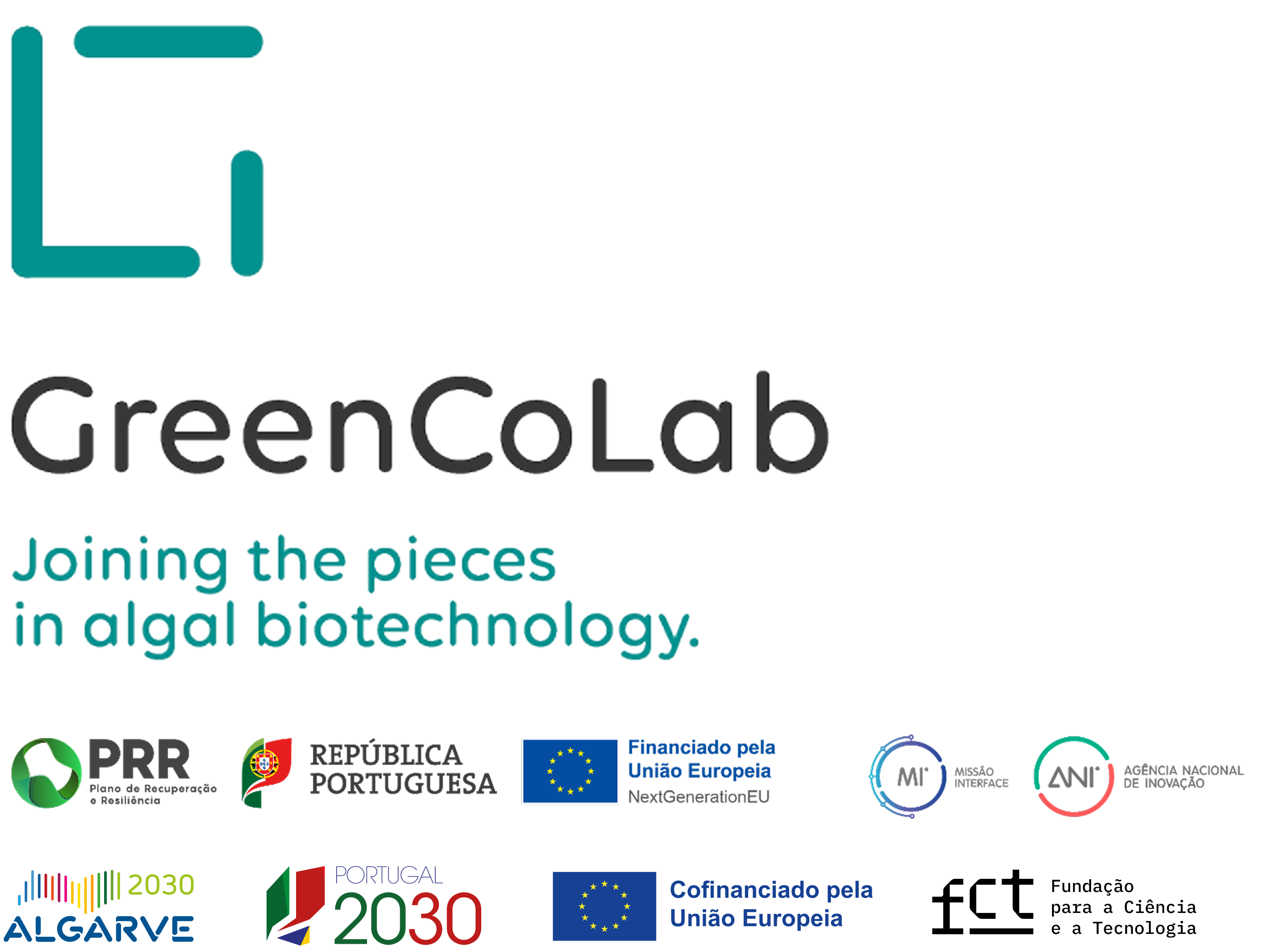

TITLE
Aquaculture wastewater treatment through microalgal. Biomass potential applications on animal feed, agriculture, and energy
JOURNAL
Journal of Environmental Management
AUTHORS
Catarina Viegas, Luísa Gouveia, Margarida Gonçalves
ABSTRACT
The use of microalgae to remediate raw effluent from brown crab aquaculture was evaluated by performing batch mode growth tests using separately the microalgae Chlorella vulgaris (Cv), Scenedesmus obliquus (Sc), Isochrysis galbana (Ig), Nannocloropsis salina (Ns), and Spirulina major (Sp). Removal efficiencies in batch growth were 100% for total nitrogen and total phosphorus for all microalgae. Chemical oxygen demand (COD) remediations were all above 72%. Biomass productivity varied from 20.9 mg L−1 day−1 (N. salina) to 146.4 mg L−1 day−1 (C. vulgaris). The two best performing algae were C. vulgaris and S. obliquus and they were tested in semi-continuous growth, reaching productivities of 879.8 mg L−1 day−1 and 811.7 mg L−1 day−1, respectively. The bioremediation of the effluent was tested with a transfer system consisting of three independent containers and compared with the use of a single container. The single container had the same capacity and received weekly the same volume of effluent as the three containers together. The remediation capacity of the 3 containers was much higher than the single one. The supplementation with NaNO3 was tested to improve the nutrient removal microalgae’ capacity, with positive results. The removal efficiencies were 100% for total nitrogen and total phosphorus and higher than 96% for COD. The obtained C. vulgaris and S. obliquus biomass were composed of 31 and 35% proteins, 6 and 8% lipids, 39 and 30% carbohydrates, respectively. The composition of these biomass suggest that it can be used as novel and sustainable ingredients in aquaculture feeds. The algal biomass of Cv and Sc were used as biostimulants in the germination of wheat and watercress, and very promising results were attained, with increases in the germination index for Cv and Sc of 175% and 48% in watercress and 84% and 98% in wheat, respectively. The biomasses of Cv and Sc were also subjected to a torrefaction process with 72.5 ± 1.7% char yields. The obtained biochars were tested as biostimulants for germination seeds (wheat and watercress) and as bio-adsorbent of dye solutions.



